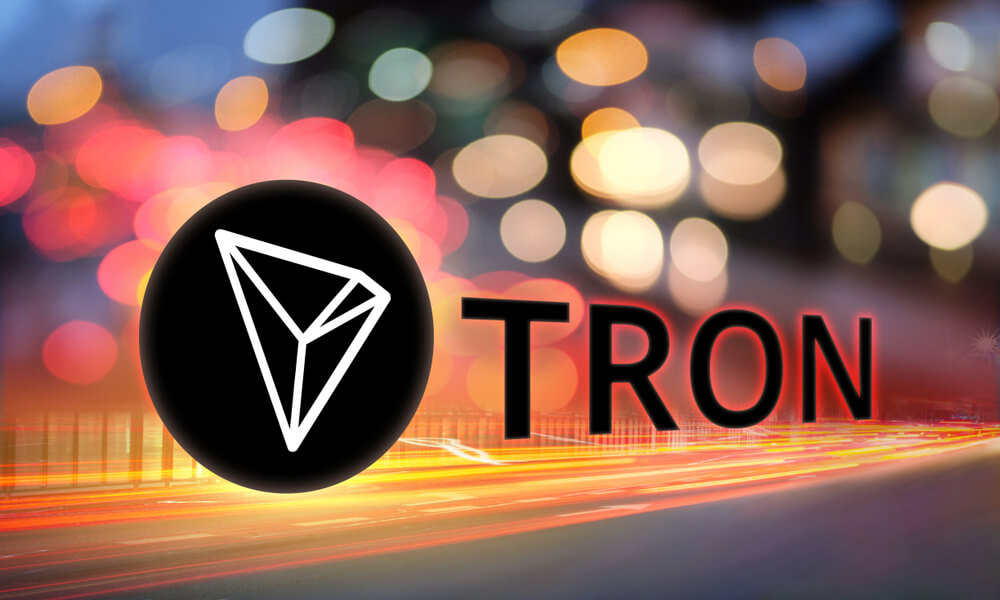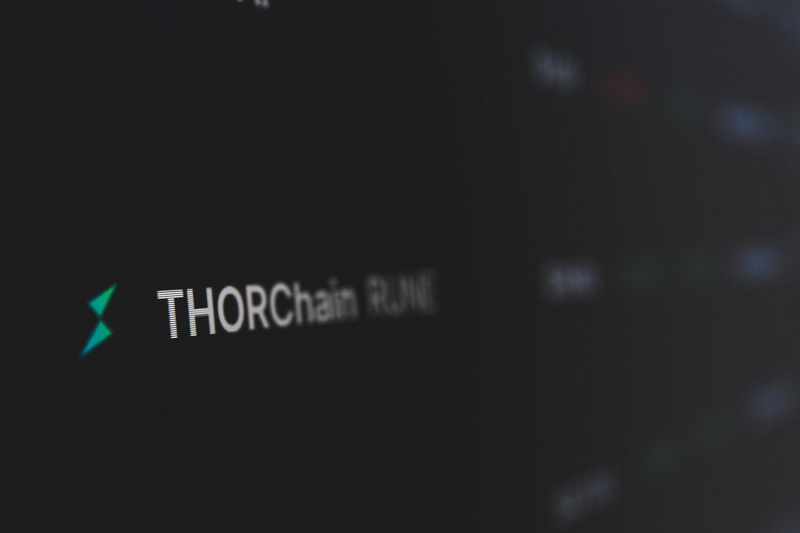FTX US, the United States affiliate of the global crypto exchange, won the bid to purchase the digital assets of the bankrupt crypto company, Voyager Digital.
According to the official press release by Voyager, the bidding agreement is valued at around $1.42 billion which includes the $1.3 billion in the estimated market prices of the digital assets and an “additional consideration” of $111 million of increment value.
Customers of Voyager will be able to transfer their assets on the FTX US platform after the conclusion of the distressed company’s Chapter 11 bankruptcy
Bankruptcy
Bankruptcy or insolvency constitutes a legal term and refers to being unable to repay debts. A business and a person can declare bankruptcy. When a person or company claims bankruptcy, it is described as a voluntary bankruptcy, and when your debtors force you into bankruptcy, it is referred to as involuntary. A voluntary bankruptcy occurs when the debtor or borrower, the party that owes the money files with the courts. Involuntary bankruptcy happens when your credits file a petition with the courts. Bankruptcy can only occur with a court filing. Since bankruptcy is a legal state, once the petition is filed with the appropriate court, local and state laws vary greatly. Different Kinds of Bankruptcy In the US, these legalities are referred to as Chapters 7 and 11, 12, and 13. Chapter 7 is a liquidation procedure, where all assets are sold, and the court oversees the distribution of the money to creditors based on their standing. Both businesses and individuals can file for chapter 7. Chapter 11 is a reorganization process where businesses are allowed to freeze their debts and continue to operate. In contrast, a method and procedure are negotiated through the courts to satisfy the obligations of the company. Chapter 13 is called a wage earner plan and helps people attempt to restructure their debts to repay their debts. This can include some debt forgiveness by creditors or reduced interest rates or balances. Not all private persons are eligible for Chapter 13, high amounts of debt don’t qualify, and the person must file Chapter 11 or 7. Most individuals choose Chapter 13 over Chapter 11 or Chapter 7 because it aids them in avoiding foreclosure on their residence. The filing of bankruptcy is considered a last resort when businesses and persons have not been able to negotiate terms directly with their creditors.
Bankruptcy or insolvency constitutes a legal term and refers to being unable to repay debts. A business and a person can declare bankruptcy. When a person or company claims bankruptcy, it is described as a voluntary bankruptcy, and when your debtors force you into bankruptcy, it is referred to as involuntary. A voluntary bankruptcy occurs when the debtor or borrower, the party that owes the money files with the courts. Involuntary bankruptcy happens when your credits file a petition with the courts. Bankruptcy can only occur with a court filing. Since bankruptcy is a legal state, once the petition is filed with the appropriate court, local and state laws vary greatly. Different Kinds of Bankruptcy In the US, these legalities are referred to as Chapters 7 and 11, 12, and 13. Chapter 7 is a liquidation procedure, where all assets are sold, and the court oversees the distribution of the money to creditors based on their standing. Both businesses and individuals can file for chapter 7. Chapter 11 is a reorganization process where businesses are allowed to freeze their debts and continue to operate. In contrast, a method and procedure are negotiated through the courts to satisfy the obligations of the company. Chapter 13 is called a wage earner plan and helps people attempt to restructure their debts to repay their debts. This can include some debt forgiveness by creditors or reduced interest rates or balances. Not all private persons are eligible for Chapter 13, high amounts of debt don’t qualify, and the person must file Chapter 11 or 7. Most individuals choose Chapter 13 over Chapter 11 or Chapter 7 because it aids them in avoiding foreclosure on their residence. The filing of bankruptcy is considered a last resort when businesses and persons have not been able to negotiate terms directly with their creditors.
Read this Term process. The companies will now present the purchase agreement for court approval on October 19.
“FTX US’s bid maximizes value and minimizes the remaining duration of the Company’s restructuring by providing a clear path forward for the Debtors to consummate a chapter 11 plan and return value to their customers and other creditors,” the press release stated.
New York-based Voyager had 3.5 million users at the end of last March and 1.19 million funded accounts, all of whom will now be transferred to FTX US.
The agreement was made only for customer assets. Voyager’s exposure to Three Arrows Capital will remain with the bankruptcy estate.
This seems far from ideal.
Hard to determine what it means for creditors, but assumption is voyager is finished, customers go to FTX and we all get a fraction of our holdings back – potentially in USD and not coins.
Hope I’m wrong. https://t.co/Q4bdeVklWa
— The Wolf Of All Streets (@scottmelker) September 27, 2022
A Lucrative Deal for FTX?
Voyager was one of the many companies that crumbled over the recent months and filed for bankruptcy protection in July. Sam Bankman-Fried’s interest in the company was prominent as Alameda Research tried to bail out the company with a revolving credit line, but failed.
FTX and Alameda also made previous attempts to acquire the digital assets of Voyager but those deals did not materialize. There were also heated arguments between the two parties as Voyager lawyers called the previous offer a “low-ball bid dressed up as a white knight rescue” and Bankman-Fried in response questioned the intentions of bankruptcy agents.
1) Voyager lost customer assets, but it still has the majority left.
Why haven’t those been returned to customers yet?
Sad facts from a bankruptcy process.
— SBF (@SBF_FTX) July 25, 2022
Bankman-Fried reportedly controls 70 percent of FTX US’ stake, along with more than 50 percent in FTX and eternity of Alameda.
His companies came out to be beneficiaries of the ongoing crypto winter with the buying out of several distressed companies, which came with millions of customers and valuable technologies at a cheaper price.
FTX US, the United States affiliate of the global crypto exchange, won the bid to purchase the digital assets of the bankrupt crypto company, Voyager Digital.
According to the official press release by Voyager, the bidding agreement is valued at around $1.42 billion which includes the $1.3 billion in the estimated market prices of the digital assets and an “additional consideration” of $111 million of increment value.
Customers of Voyager will be able to transfer their assets on the FTX US platform after the conclusion of the distressed company’s Chapter 11 bankruptcy
Bankruptcy
Bankruptcy or insolvency constitutes a legal term and refers to being unable to repay debts. A business and a person can declare bankruptcy. When a person or company claims bankruptcy, it is described as a voluntary bankruptcy, and when your debtors force you into bankruptcy, it is referred to as involuntary. A voluntary bankruptcy occurs when the debtor or borrower, the party that owes the money files with the courts. Involuntary bankruptcy happens when your credits file a petition with the courts. Bankruptcy can only occur with a court filing. Since bankruptcy is a legal state, once the petition is filed with the appropriate court, local and state laws vary greatly. Different Kinds of Bankruptcy In the US, these legalities are referred to as Chapters 7 and 11, 12, and 13. Chapter 7 is a liquidation procedure, where all assets are sold, and the court oversees the distribution of the money to creditors based on their standing. Both businesses and individuals can file for chapter 7. Chapter 11 is a reorganization process where businesses are allowed to freeze their debts and continue to operate. In contrast, a method and procedure are negotiated through the courts to satisfy the obligations of the company. Chapter 13 is called a wage earner plan and helps people attempt to restructure their debts to repay their debts. This can include some debt forgiveness by creditors or reduced interest rates or balances. Not all private persons are eligible for Chapter 13, high amounts of debt don’t qualify, and the person must file Chapter 11 or 7. Most individuals choose Chapter 13 over Chapter 11 or Chapter 7 because it aids them in avoiding foreclosure on their residence. The filing of bankruptcy is considered a last resort when businesses and persons have not been able to negotiate terms directly with their creditors.
Bankruptcy or insolvency constitutes a legal term and refers to being unable to repay debts. A business and a person can declare bankruptcy. When a person or company claims bankruptcy, it is described as a voluntary bankruptcy, and when your debtors force you into bankruptcy, it is referred to as involuntary. A voluntary bankruptcy occurs when the debtor or borrower, the party that owes the money files with the courts. Involuntary bankruptcy happens when your credits file a petition with the courts. Bankruptcy can only occur with a court filing. Since bankruptcy is a legal state, once the petition is filed with the appropriate court, local and state laws vary greatly. Different Kinds of Bankruptcy In the US, these legalities are referred to as Chapters 7 and 11, 12, and 13. Chapter 7 is a liquidation procedure, where all assets are sold, and the court oversees the distribution of the money to creditors based on their standing. Both businesses and individuals can file for chapter 7. Chapter 11 is a reorganization process where businesses are allowed to freeze their debts and continue to operate. In contrast, a method and procedure are negotiated through the courts to satisfy the obligations of the company. Chapter 13 is called a wage earner plan and helps people attempt to restructure their debts to repay their debts. This can include some debt forgiveness by creditors or reduced interest rates or balances. Not all private persons are eligible for Chapter 13, high amounts of debt don’t qualify, and the person must file Chapter 11 or 7. Most individuals choose Chapter 13 over Chapter 11 or Chapter 7 because it aids them in avoiding foreclosure on their residence. The filing of bankruptcy is considered a last resort when businesses and persons have not been able to negotiate terms directly with their creditors.
Read this Term process. The companies will now present the purchase agreement for court approval on October 19.
“FTX US’s bid maximizes value and minimizes the remaining duration of the Company’s restructuring by providing a clear path forward for the Debtors to consummate a chapter 11 plan and return value to their customers and other creditors,” the press release stated.
New York-based Voyager had 3.5 million users at the end of last March and 1.19 million funded accounts, all of whom will now be transferred to FTX US.
The agreement was made only for customer assets. Voyager’s exposure to Three Arrows Capital will remain with the bankruptcy estate.
This seems far from ideal.
Hard to determine what it means for creditors, but assumption is voyager is finished, customers go to FTX and we all get a fraction of our holdings back – potentially in USD and not coins.
Hope I’m wrong. https://t.co/Q4bdeVklWa
— The Wolf Of All Streets (@scottmelker) September 27, 2022
A Lucrative Deal for FTX?
Voyager was one of the many companies that crumbled over the recent months and filed for bankruptcy protection in July. Sam Bankman-Fried’s interest in the company was prominent as Alameda Research tried to bail out the company with a revolving credit line, but failed.
FTX and Alameda also made previous attempts to acquire the digital assets of Voyager but those deals did not materialize. There were also heated arguments between the two parties as Voyager lawyers called the previous offer a “low-ball bid dressed up as a white knight rescue” and Bankman-Fried in response questioned the intentions of bankruptcy agents.
1) Voyager lost customer assets, but it still has the majority left.
Why haven’t those been…
Source link
Bitcoin(BTC)$90,518.00-0.78%
Ethereum(ETH)$3,004.01-0.09%
Tether(USDT)$1.000.02%
XRP(XRP)$2.17-1.14%
BNB(BNB)$878.97-1.14%
Solana(SOL)$136.82-1.84%
USDC(USDC)$1.000.01%
TRON(TRX)$0.2810380.07%
 Lido Staked Ether(STETH)$3,003.37-0.06%
Lido Staked Ether(STETH)$3,003.37-0.06%Dogecoin(DOGE)$0.149089-0.52%













